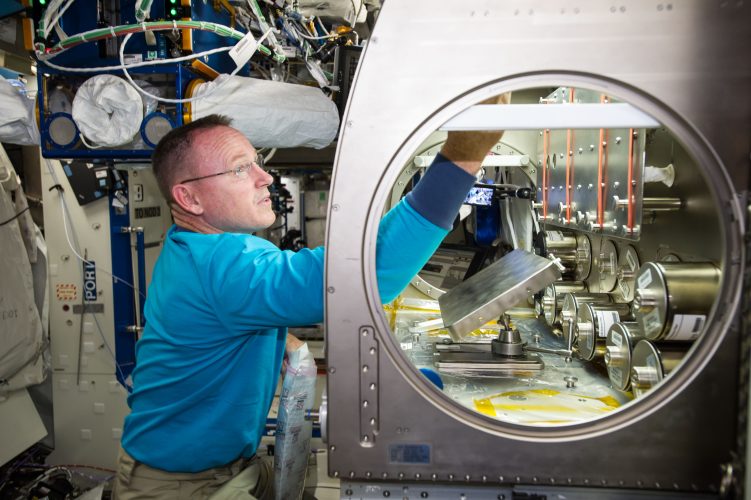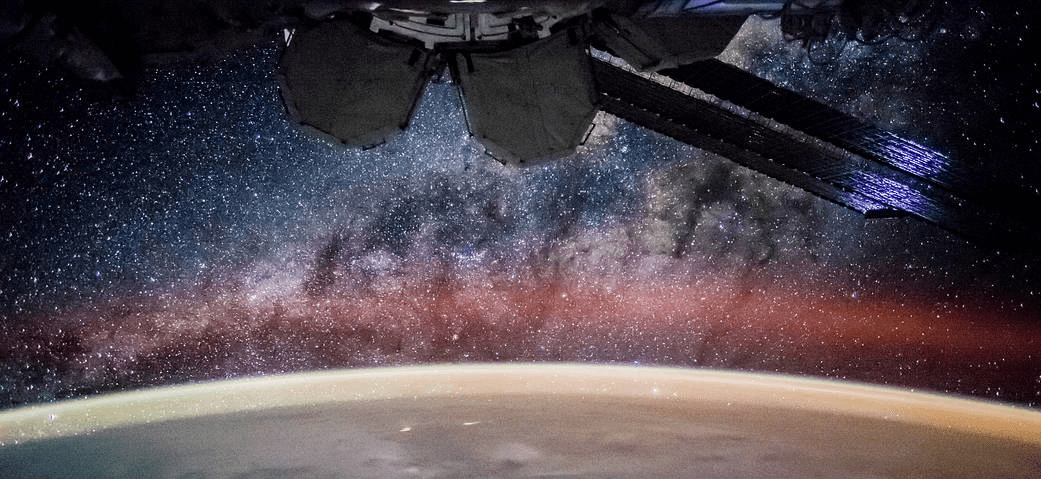NASA Completes Rodent Research-1 Operations on the International Space Station
With the successful completion of mission operations for Rodent Research-1, NASA has brought an important new biological research capability into space. NASA’s rodent research hardware system enables researchers to study the long-term effects of microgravity—or weightlessness—on mammalian physiology. The system will support ongoing research into how microgravity affects rodents, providing information relevant to human spaceflight, discoveries in basic biology and knowledge that may have direct impacts on human health on Earth.
The maiden voyage of the system launched aboard SpaceX’s fourth commercial cargo resupply flight to the International Space Station on Sept. 21. Rodent Research-1 was the first mission to transport rodents to the space station aboard an uncrewed commercial vehicle. NASA’s goals for this mission were to validate system performance and for the station crew to demonstrate critical research operations. A portion of the Rodent Research-1 mission was dedicated to a commercial research study of muscle atrophy conducted by the Center for the Advancement of Science in Space (CASIS).
“Studying life in space is one of the primary research objectives at Ames. The successful completion of Rodent Research-1 marks another major milestone in the five decades of life sciences research at Ames,” said Sidney Sun, chief of the Space Biosciences Division at NASA’s Ames Research Center in Moffett Field, California.
Scientists and engineers at Ames developed the new system for the space station. The project benefited from decades of prior experience with spaceflight rodent studies that flew aboard 27 space shuttle missions between 1983 and 2011, ranging from four to 18 days in duration.
Lasting 37 days, Rodent Research-1 was the longest duration spaceflight rodent study to date conducted in a NASA facility. The mice were housed in a transporter module for four days during launch and ascent to the station. Once aboard the station, the crew used an access module to transfer the mice into a habitat module where the rodents remained for the duration of the study. NASA researchers and veterinarians monitored downlinked video and environmental data from the habitat on a daily basis; the mice remained healthy and active throughout the study.
Tissue samples from the ten mice flown to the space station for the CASIS investigation returned to Earth with the SpaceX Dragon spacecraft on October 25. The tissue samples from the ten mice from the NASA validation study will return on another Dragon, currently scheduled for January 2015.
NASA researchers will analyze liver and spleen samples from both flight and ground control mice to determine if the validation study objectives are met in terms of tissue yield and quality. The analyses will include RNA quality, certain markers of gene expression and metabolism, measurements of liver enzyme activities and protein content.
A portion of the Rodent Research-1 tissue samples will be shared with researchers involved with NASA’s new GeneLab project. GeneLab is an online platform of big-data analytic tools designed to expand scientists’ access to research conducted in microgravity with investigations that explore the molecular responses of terrestrial biology to the spaceflight environment.
“Many people at Ames and other NASA centers, as well as the astronauts aboard the space station, worked hard to complete Rodent Research-1,” said Sun. “We achieved this milestone because of the incredible dedication of these individuals.”
The second rodent research mission, Rodent Research-2, is planned to fly on the sixth SpaceX cargo resupply mission to the station in 2015. This study will include three investigations funded by NASA’s Space Biology project, and one commercial research investigation supported by CASIS.
“Rodent Research-1 is the first of many biomedical research investigations that will use this new research platform aboard the station to help reduce the health risks for astronauts who undertake long-duration space missions and also enable commercial organizations to use microgravity as a research tool to develop new treatments for diseases that affect the general population,” said Sun.


































